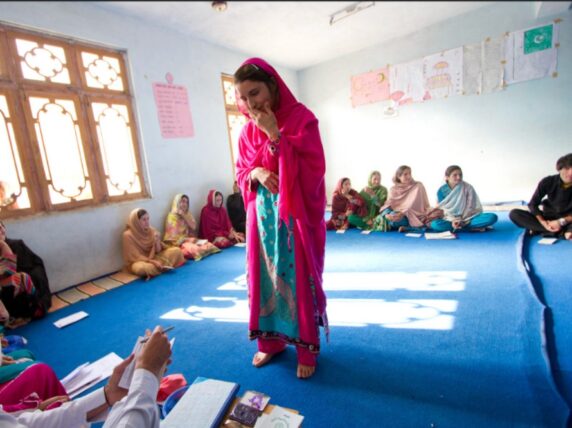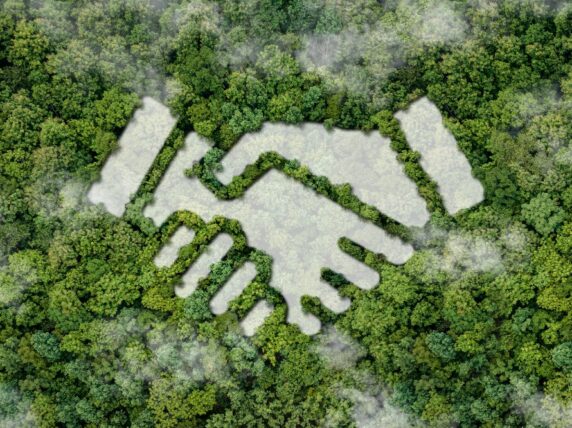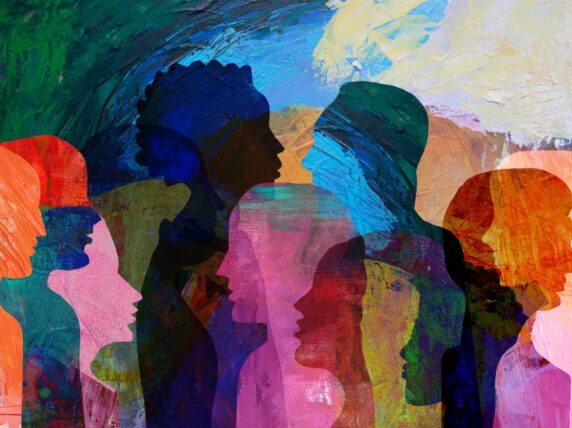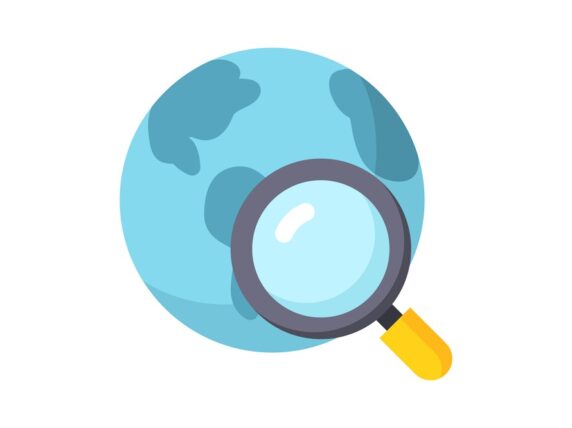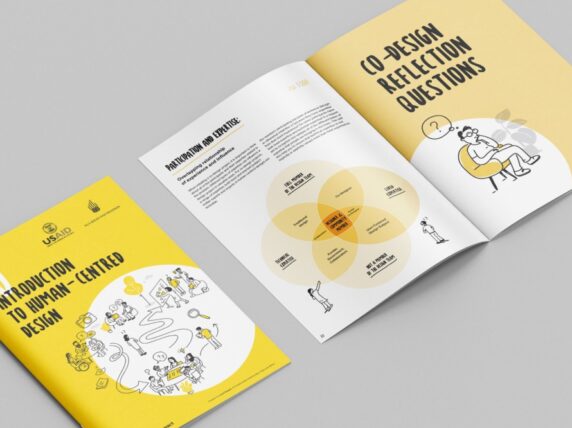Supporting community-led organisations is one of the best ways to ensure aid is money well spent. As aid budgets shrink, if communities know what they need, why aren’t we trusting them to lead?
The question isn’t whether AI-generated imagery is inherently problematic. It’s about who controls the tools, whose perspectives shape the outputs, and whether we’re willing to invest in community capacity to produce representations at a scale that can genuinely challenge entrenched biases.
In a time of shrinking resources and increasing crises, UNICEF UK describes how it takes proven approaches and embeds them into public systems, scaling solutions through policy and finance to achieve lasting, systemic change.
Chance for Childhood’s Africa-based CEO is more than just a bold move – it’s the future of ethical leadership.
Making sure civil society partners receive a fair share of overheads in every project is critical to building strong partnerships. But how many INGOs are actually doing this?
In the shift to locally-led development, INGOs tend to represent all in-country partners as naturally legitimate actors. But there is little openness on how INGOs decide which organisations fit that description, and on what basis.
International development organisations are grappling with the implications of recent cuts to aid. For those of us in global health, these funding cuts risk reversing hard-won gains.
When community-based and international actors work together in locally-led initiatives, they tend to work in partnership. We know it’s important to shape these partnerships carefully and equitably. But how do we know it’s effective to work in this way, rather than alone?
In a time of constrained resources and rising need, AKF’s new guide offers a flexible blueprint for community-led innovation and sustainable impact

